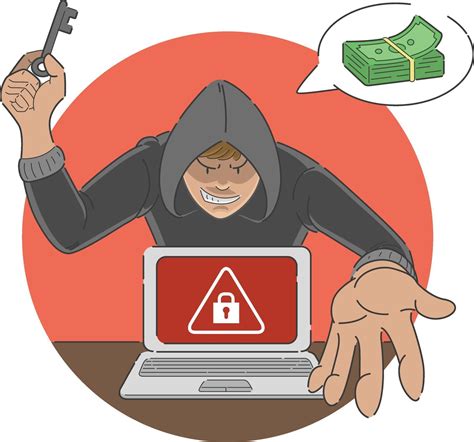Secure Your Computer After Being Scammed Online: A Comprehensive Guide
Being scammed online is a distressing experience, leaving you not only financially vulnerable but also potentially compromising the security of your computer. This comprehensive guide will walk you through the crucial steps to secure your computer and personal information after falling victim to an online scam. Taking swift and decisive action is vital to mitigate further damage and prevent future attacks.
What to Do Immediately After Discovering the Scam
The first few hours after discovering a scam are critical. Don't panic, but act quickly and methodically.
-
Disconnect from the Internet: Immediately disconnect your computer from the internet by unplugging the Ethernet cable or turning off Wi-Fi. This prevents further access to your system by the scammers.
-
Change Your Passwords: Begin by changing all your passwords, starting with your email account, online banking, and any other sensitive accounts. Use strong, unique passwords for each account – avoid reusing passwords across different platforms. Consider using a password manager to help generate and securely store complex passwords.
-
Contact Your Bank and Credit Card Companies: Report the scam to your bank and credit card companies immediately. They can freeze your accounts, issue new cards, and help monitor for fraudulent activity.
-
Monitor Your Accounts: Keep a close eye on all your financial accounts for any unauthorized transactions. Regularly check your bank statements, credit card statements, and any other online accounts.
-
File a Police Report: Report the scam to your local law enforcement agency. This is crucial for official records and potentially recovering any lost funds. They may also be able to assist with investigations.
Assessing the Damage: What Information Might Be Compromised?
Understanding what information the scammers might have accessed is essential for effective remediation. This could include:
- Financial Information: Bank account details, credit card numbers, social security number, etc.
- Personal Information: Full name, address, date of birth, phone number, email address.
- Login Credentials: Passwords for various online accounts, email, social media, etc.
- Sensitive Files: Documents containing personal information, tax returns, medical records, etc.
Securing Your Computer: A Step-by-Step Guide
Once you've taken the initial steps, it's time to thoroughly secure your computer.
1. Run a Full System Scan with Anti-malware Software:
A robust antivirus and anti-malware program is essential. Perform a full system scan to detect and remove any malware or spyware the scammers may have installed. Consider using a second opinion scanner from a reputable provider for a more thorough check.
2. Check for Malicious Software:
Look for any unfamiliar programs or browser extensions installed on your computer. Uninstall any suspicious software immediately. Pay close attention to browser extensions, as these can be used to monitor your activity and steal information.
3. Update Your Software:
Ensure your operating system, antivirus software, and all other applications are up-to-date. Outdated software often contains security vulnerabilities that scammers can exploit.
4. Review Your Browser Settings:
Check your browser's settings for any unfamiliar or suspicious changes, such as altered homepages or search engines. Reset your browser to its default settings if necessary.
5. Consider a Clean Install:
In severe cases, especially if you suspect significant compromise, consider performing a clean installation of your operating system. This will wipe your hard drive and reinstall the OS from scratch, removing any lingering malware. Remember to back up any important data before doing this.
6. Strengthen Your Firewall:
Ensure your firewall is enabled and configured correctly. A strong firewall acts as a barrier, preventing unauthorized access to your computer.
7. Enable Two-Factor Authentication:
Enable two-factor authentication (2FA) wherever possible. This adds an extra layer of security to your online accounts, making it much harder for scammers to gain access even if they have your password.
Frequently Asked Questions (FAQs)
Can I recover my lost money after being scammed?
While recovering lost money isn't always guaranteed, reporting the scam to your bank and law enforcement immediately increases your chances. They may be able to initiate chargebacks or assist in recovering funds.
How can I prevent being scammed online in the future?
Stay vigilant and cautious online. Be wary of unsolicited emails, phone calls, or text messages requesting personal information. Verify the legitimacy of websites before sharing sensitive data, and use strong, unique passwords for all your accounts.
Should I contact my internet service provider (ISP)?
Contacting your ISP is a good idea, especially if you suspect your computer was compromised through a network intrusion. They can investigate potential network security breaches and provide assistance.
What should I do if I’m afraid to use my computer?
If you feel your computer is too compromised to use safely, seeking professional assistance from a computer technician or cybersecurity expert is recommended. They can thoroughly assess your system and take the necessary steps to secure it.
By following these steps and remaining vigilant, you can significantly reduce the risk of further harm after being scammed online. Remember, prevention is key; proactive measures can greatly minimize the chances of becoming a victim in the future.

